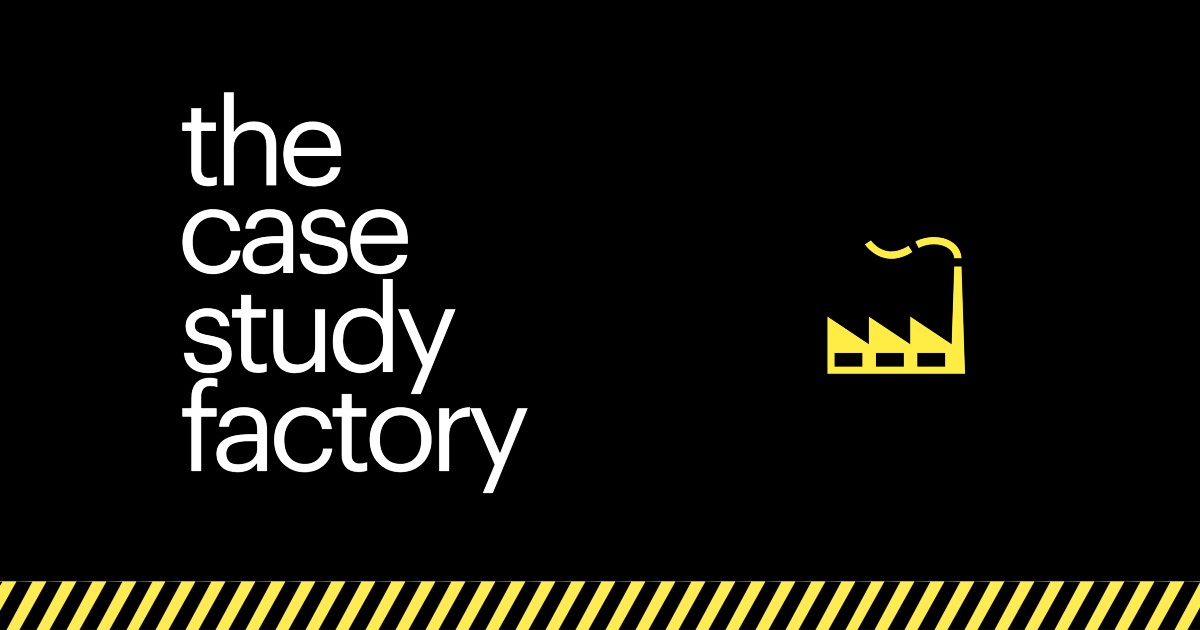Is the formulaic approach to case studies endangering young professionals’ capacity for critical thinking?
As editors of a large-scale online design publication, we receive a high volume of emails every week pitching case studies to be published on our site. Most of what we receive is from students and designers just starting out who are looking for an opportunity to have their work reach a broader audience.
- 271 case studies submitted to the UX Collective in the first half of 2019
- 38 new case studies published on Medium every day with the tag “UX”
- 52% of all UX-related articles published on Medium are case studies (considering only articles in English and excluding spam and content marketing)
We understand how much work is needed to organize and write case studies, and how helpful they can be to other designers who are just starting out in the industry. The fact that so many case studies are being published every day is a sign that our industry is more active than ever.
But given the plethora of case studies out there, how can companies find the talent they are looking for? And how can designers differentiate themselves when applying to a position? To be able to answer these questions, we decided to step back and try to figure out why so many case studies were being produced in the first place.
Hundreds of professionals are joining the workforce every month — each of them with several case studies in their portfolios.
Noticing an abundance of articles on the theme of “what excites me about my new design school” on Medium as well as a deceptively familiar structure to a lot of the case studies published on the platform, we decided to investigate with students that had submitted case studies to the UX Collective.
Through email conversations with 15 recent UX bootcamp graduates, we learned that:
- Most schools provide students with a template for their case studies
- Some schools “strongly encourage students to share their case studies on Medium” at the end of each project
- A few schools even advise students on which tags to use on Medium in order to maximize the visibility of their work
“Publishing case studies on Medium was a requirement from [School 1]. We are encouraged to share our work on the platform and tag it in a certain way to increase our visibility and chances of getting hired.”
— Student from a popular UX bootcamp
Even designers who have not studied in the same school end up using similar structures, since they research existing case studies before creating their own. They assume that if other designers are designing them in a particular way, then it must be for a reason.
The similarities across case studies make it really hard for designers to demonstrate their unique thinking, skills, and point of view. How can you differentiate yourself when applying to a position, if case studies from other candidates look exactly the same at first glance?
Continue reading:
